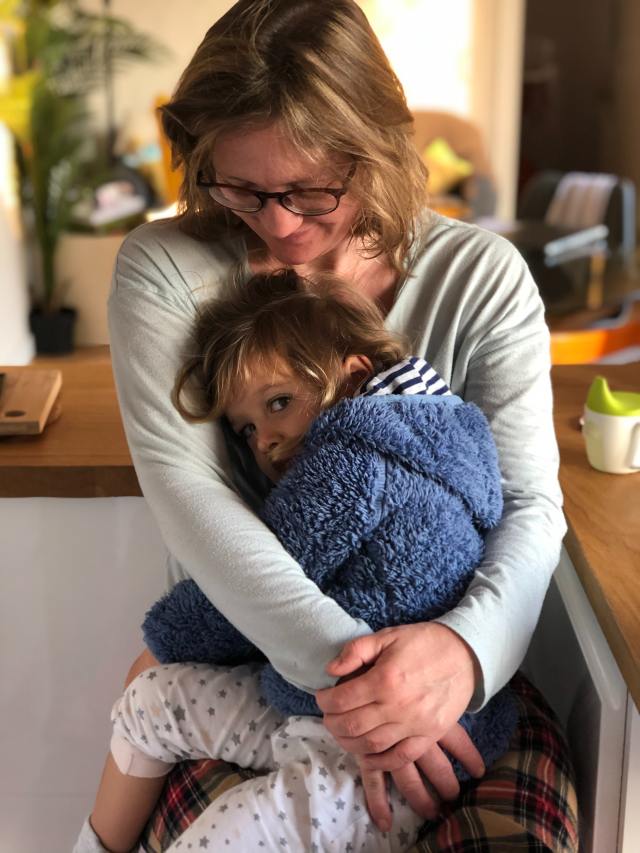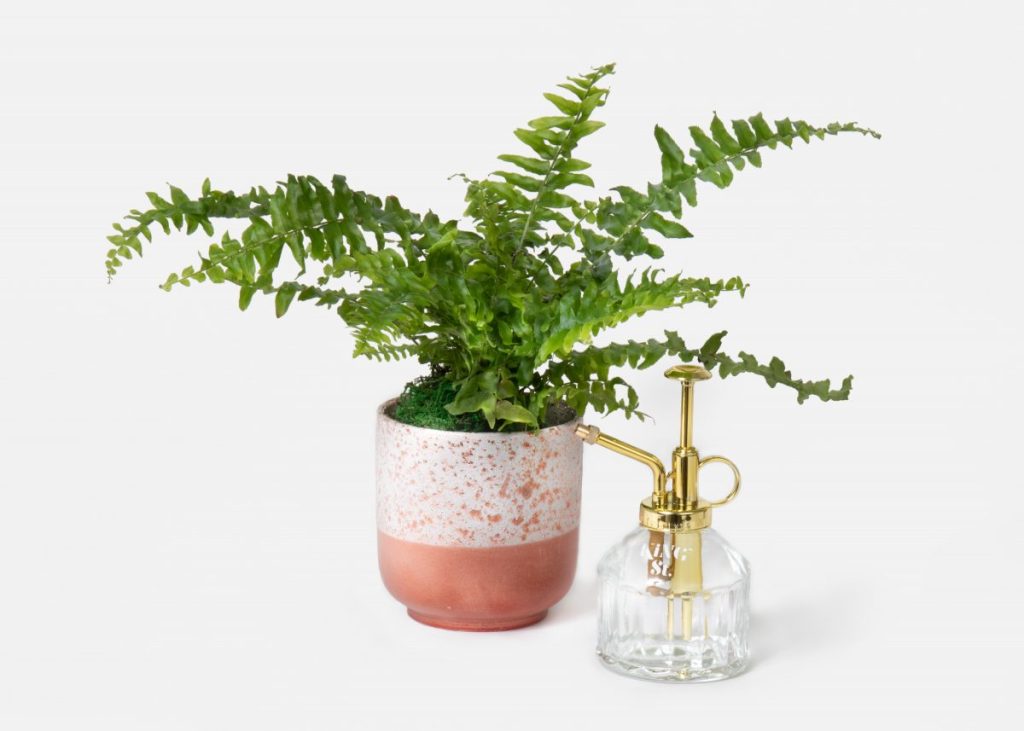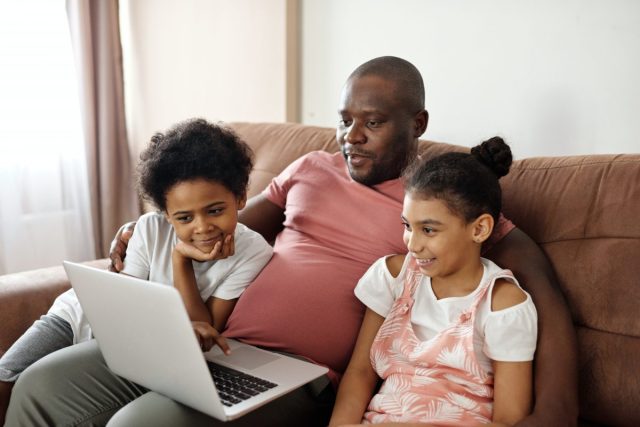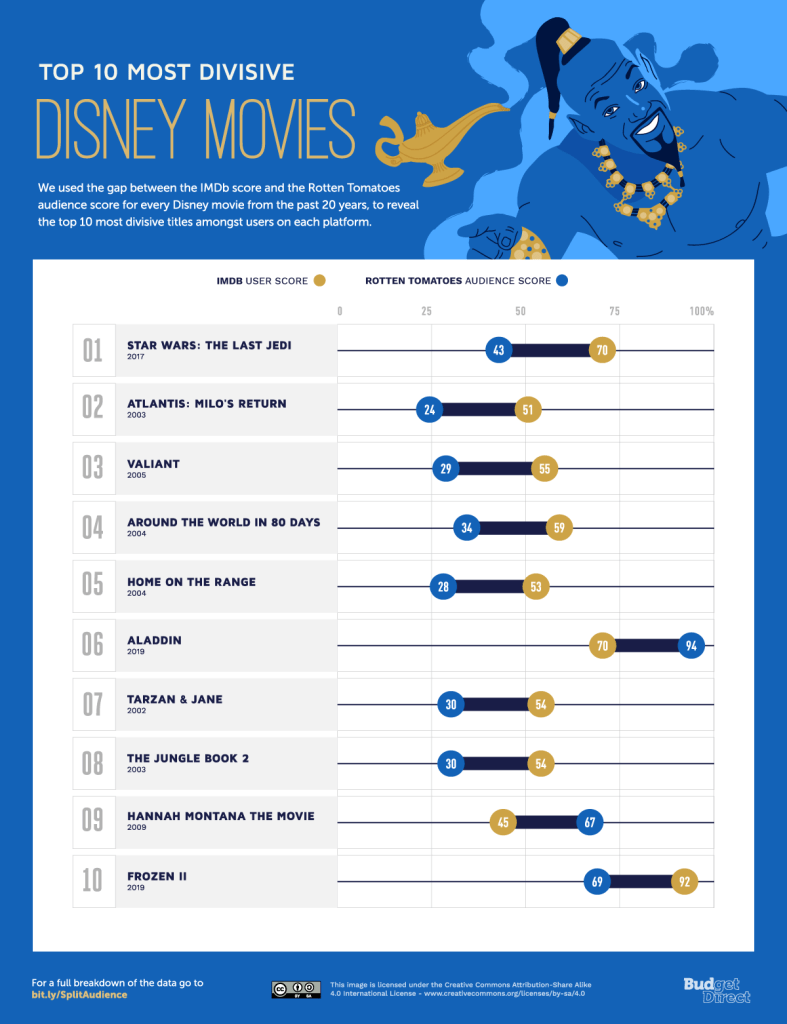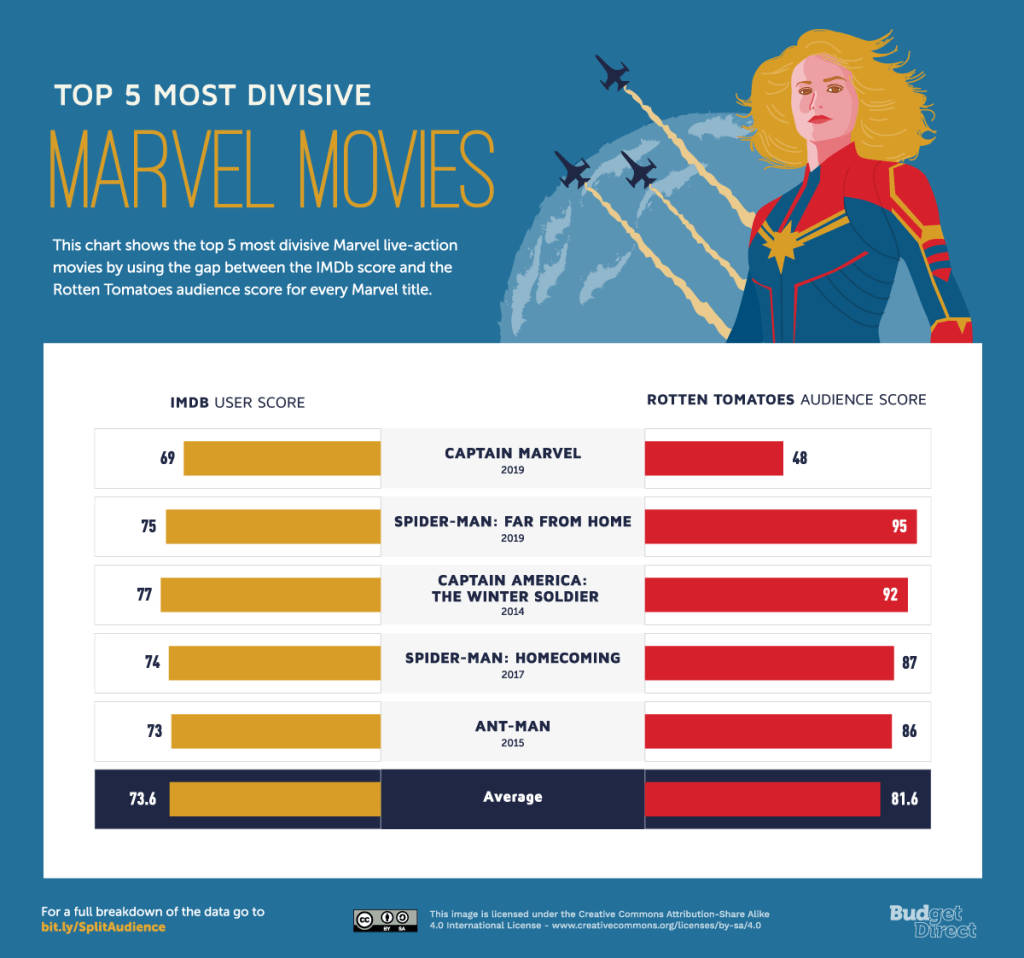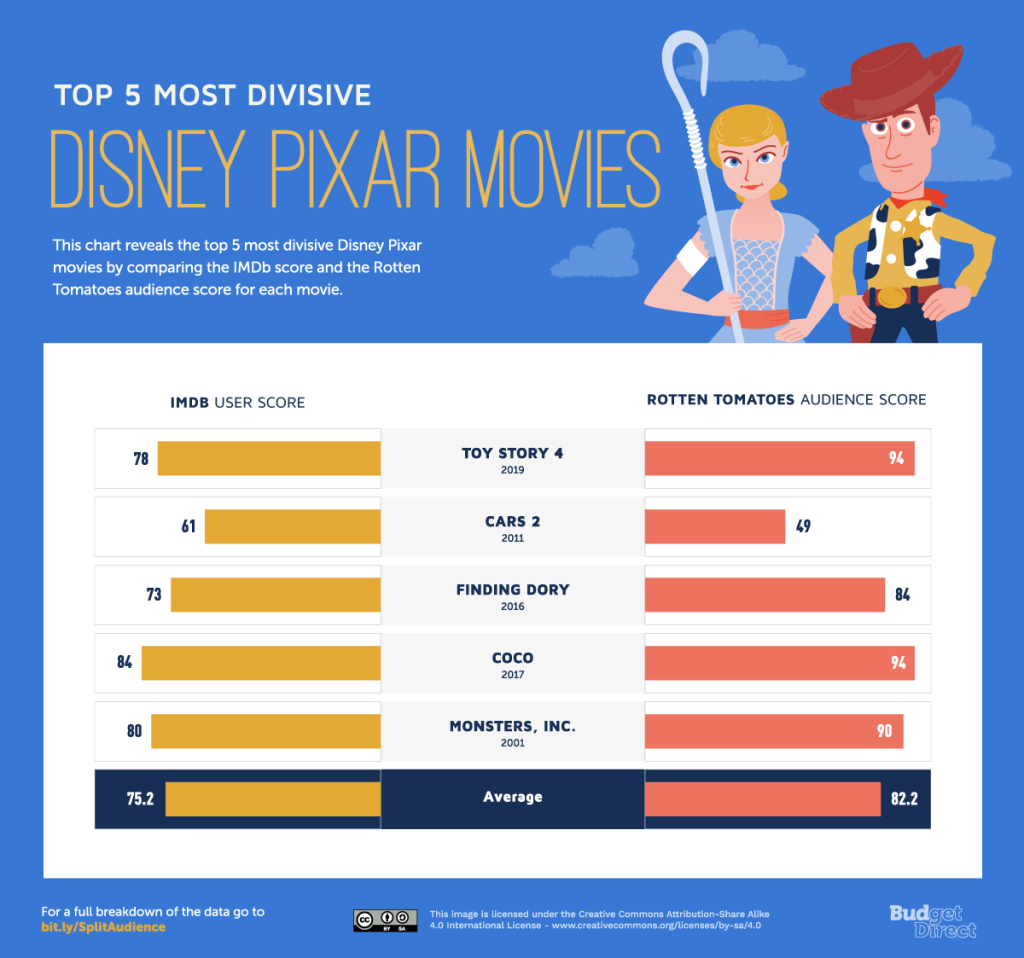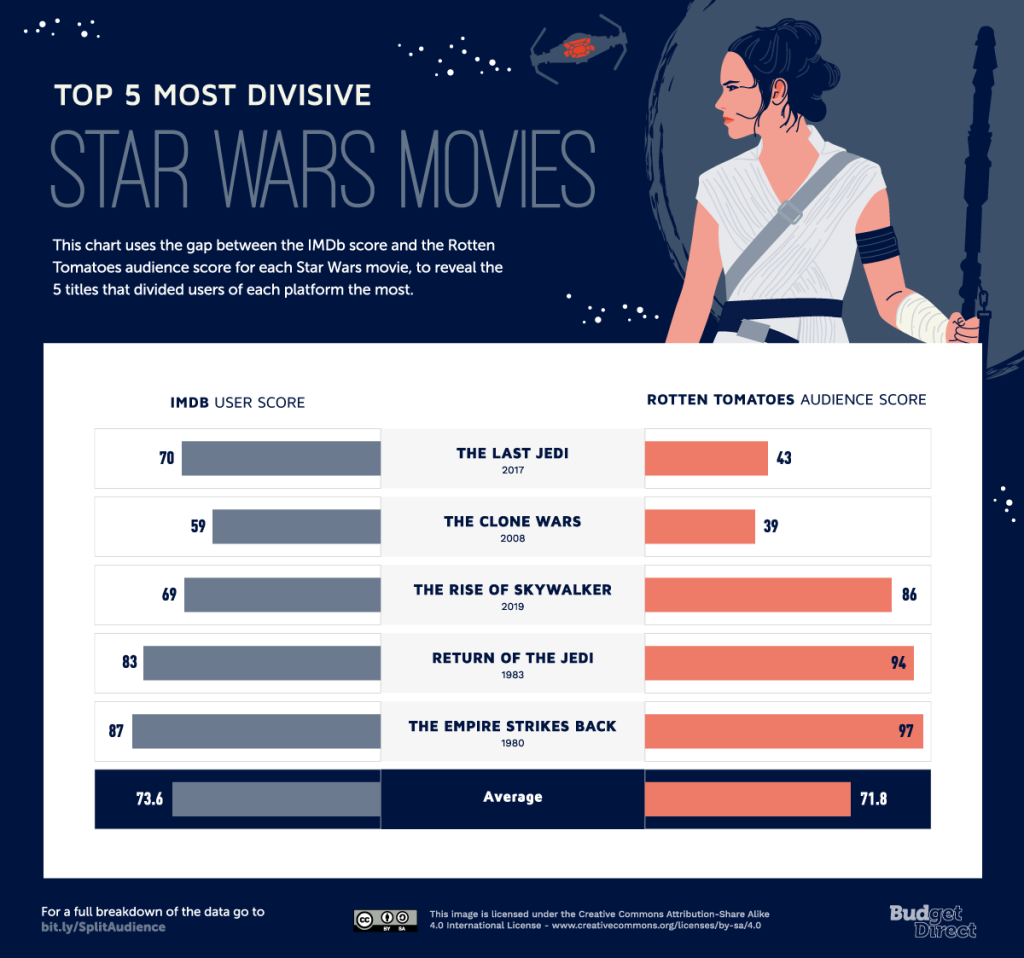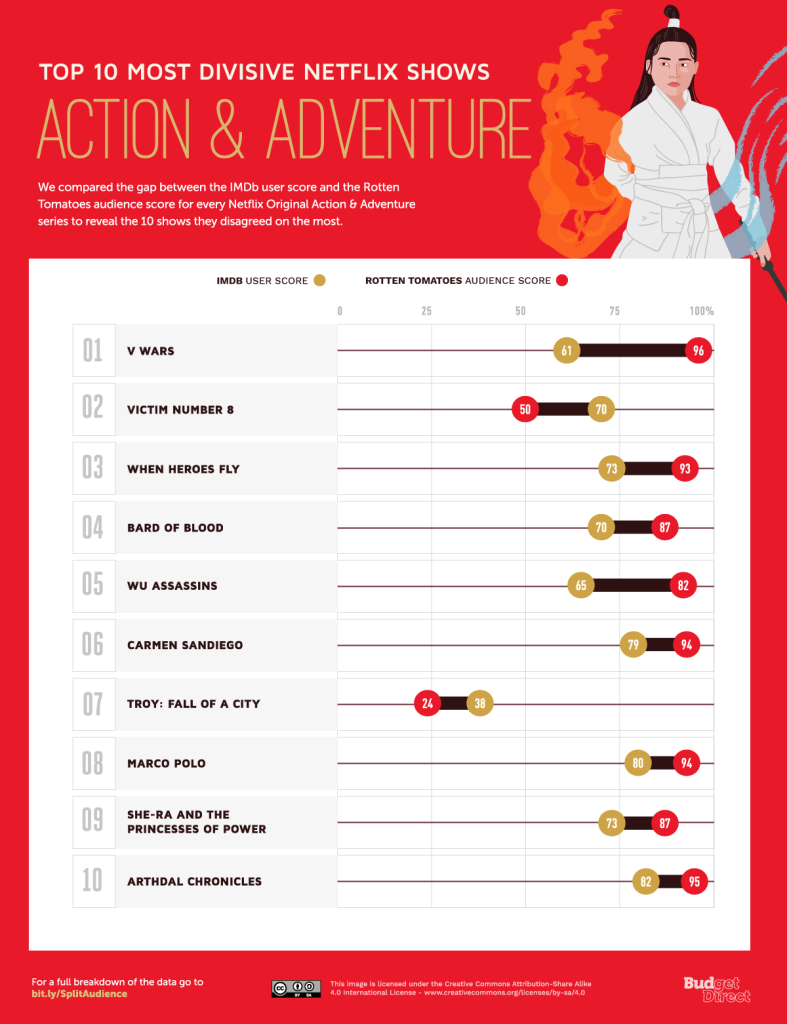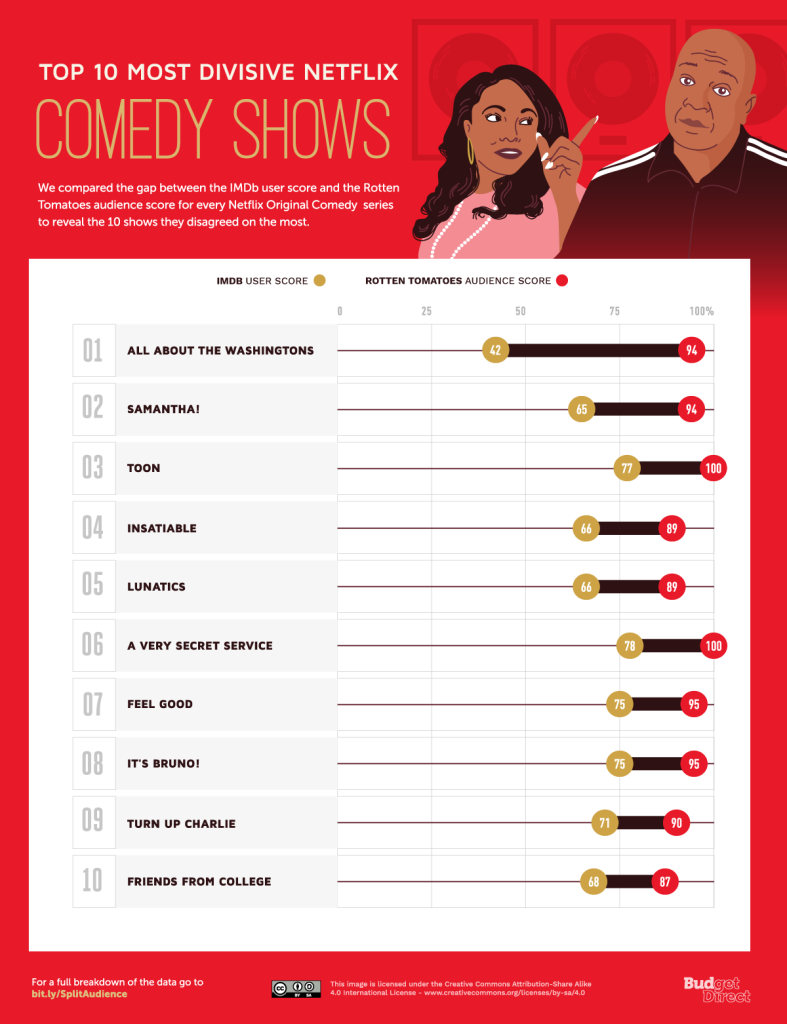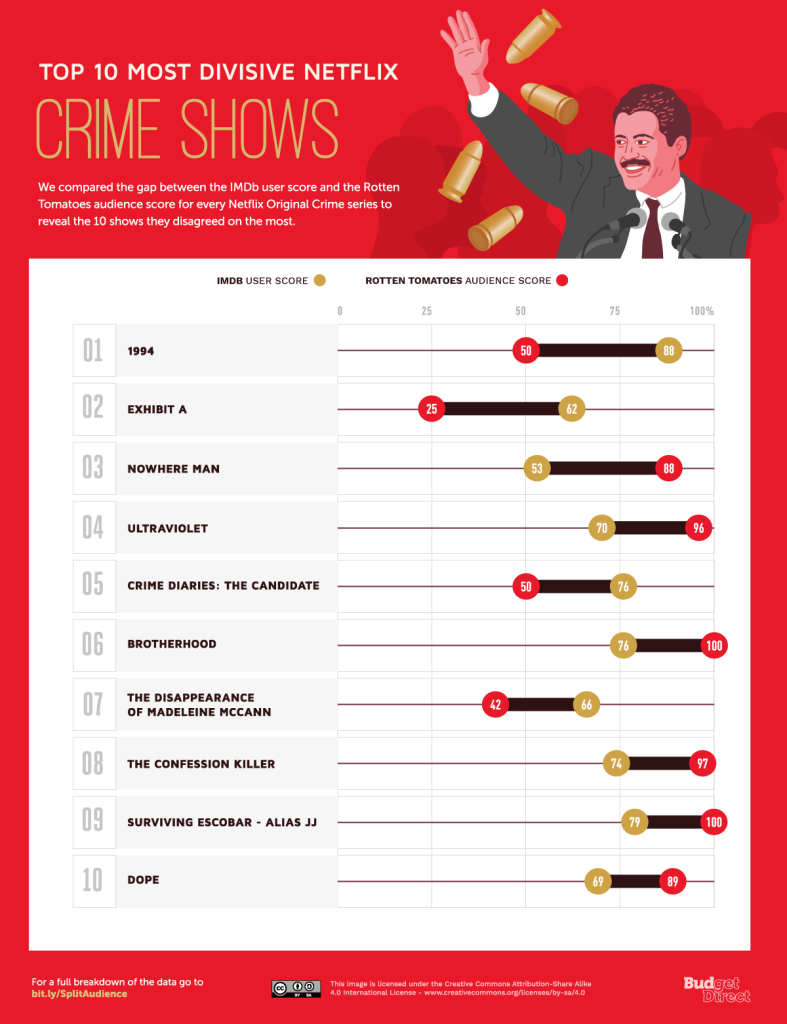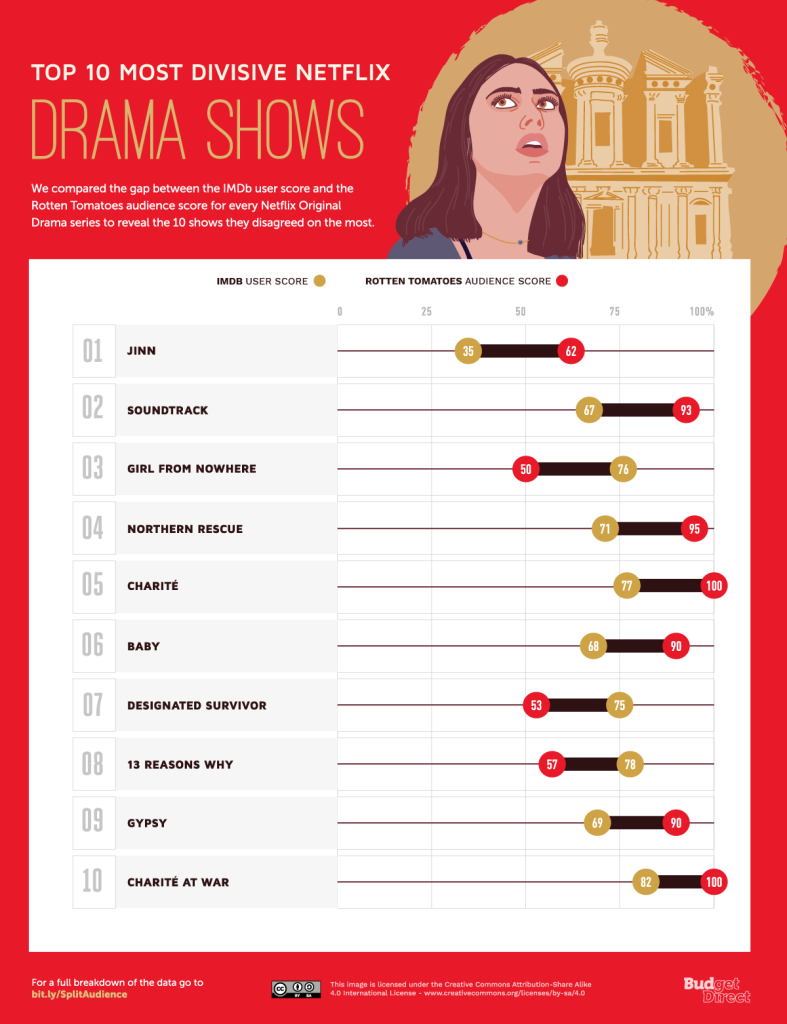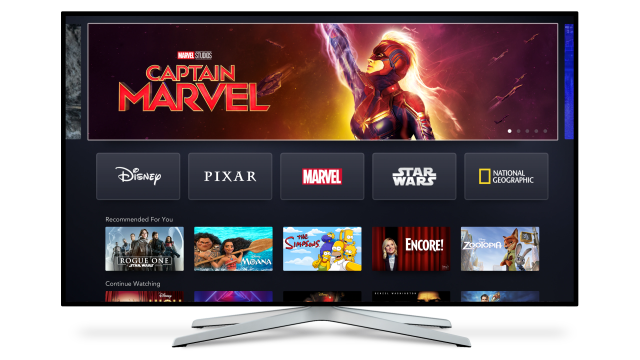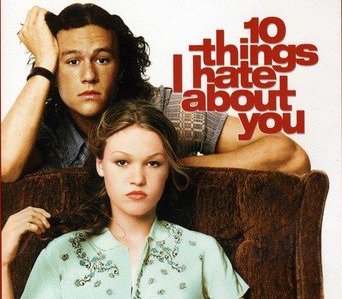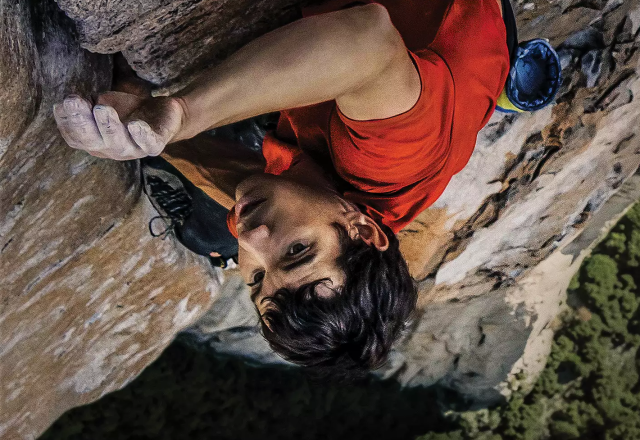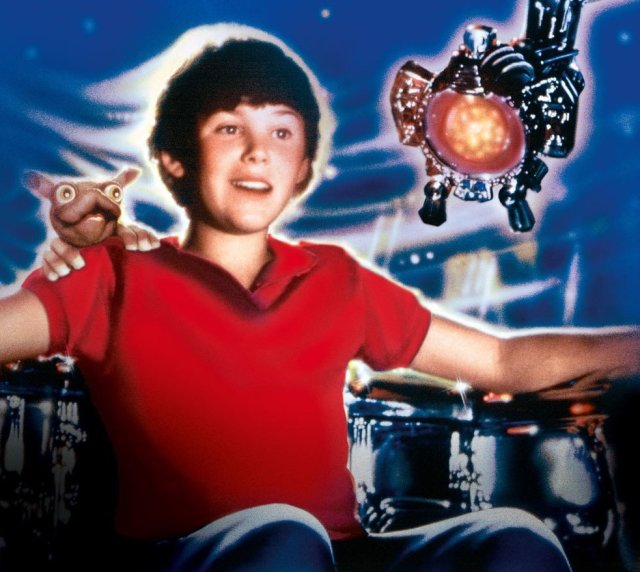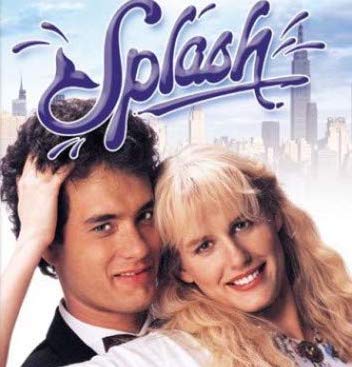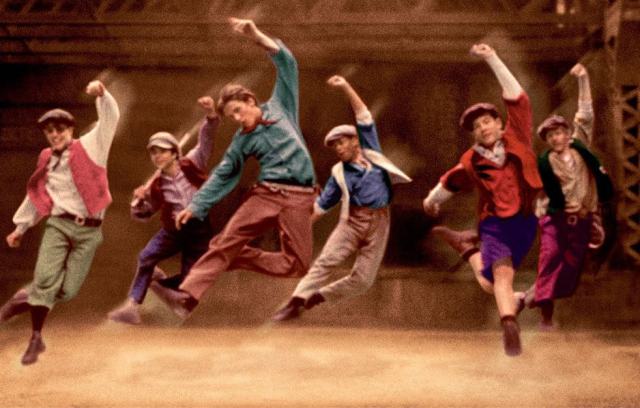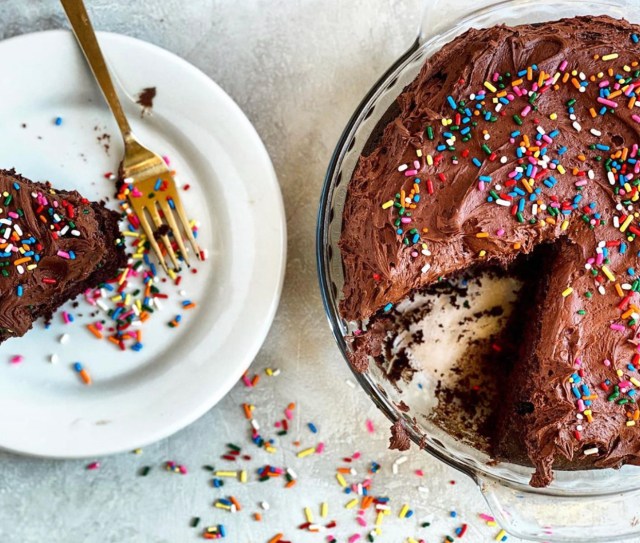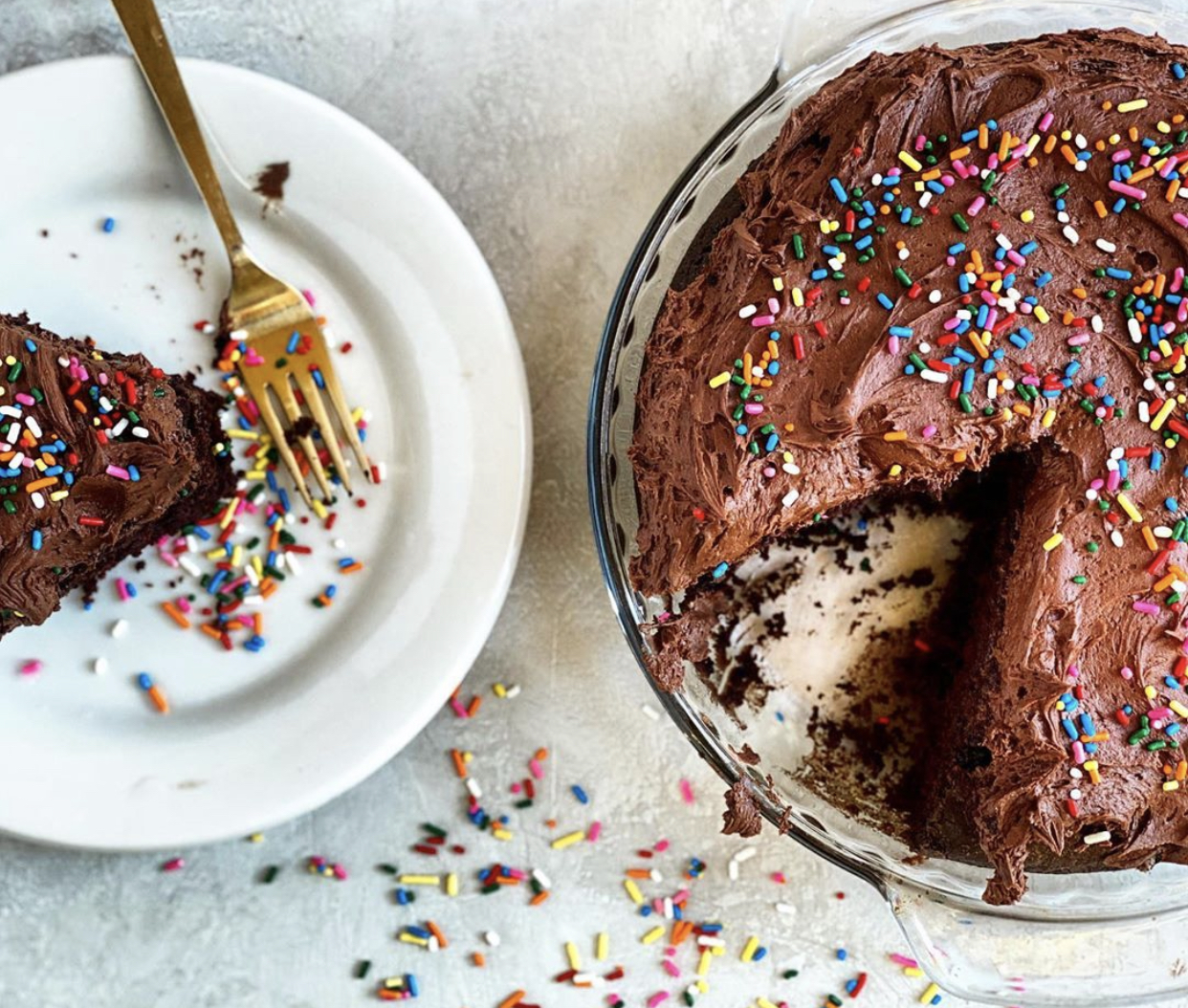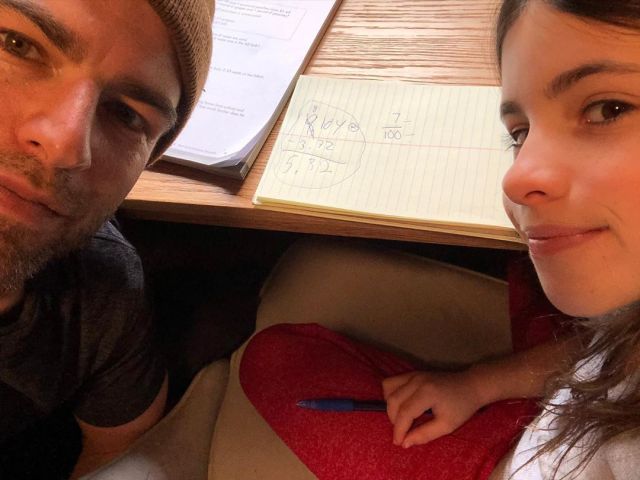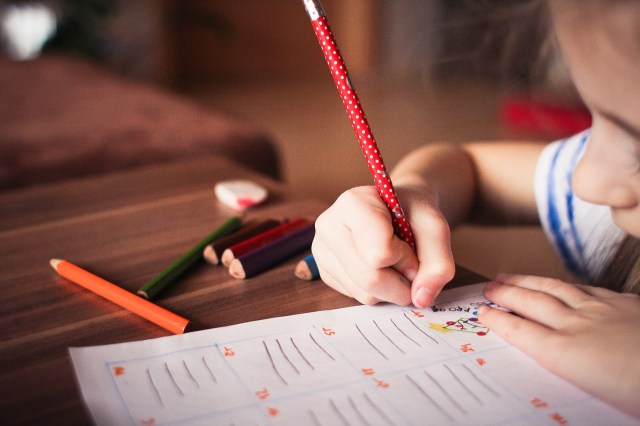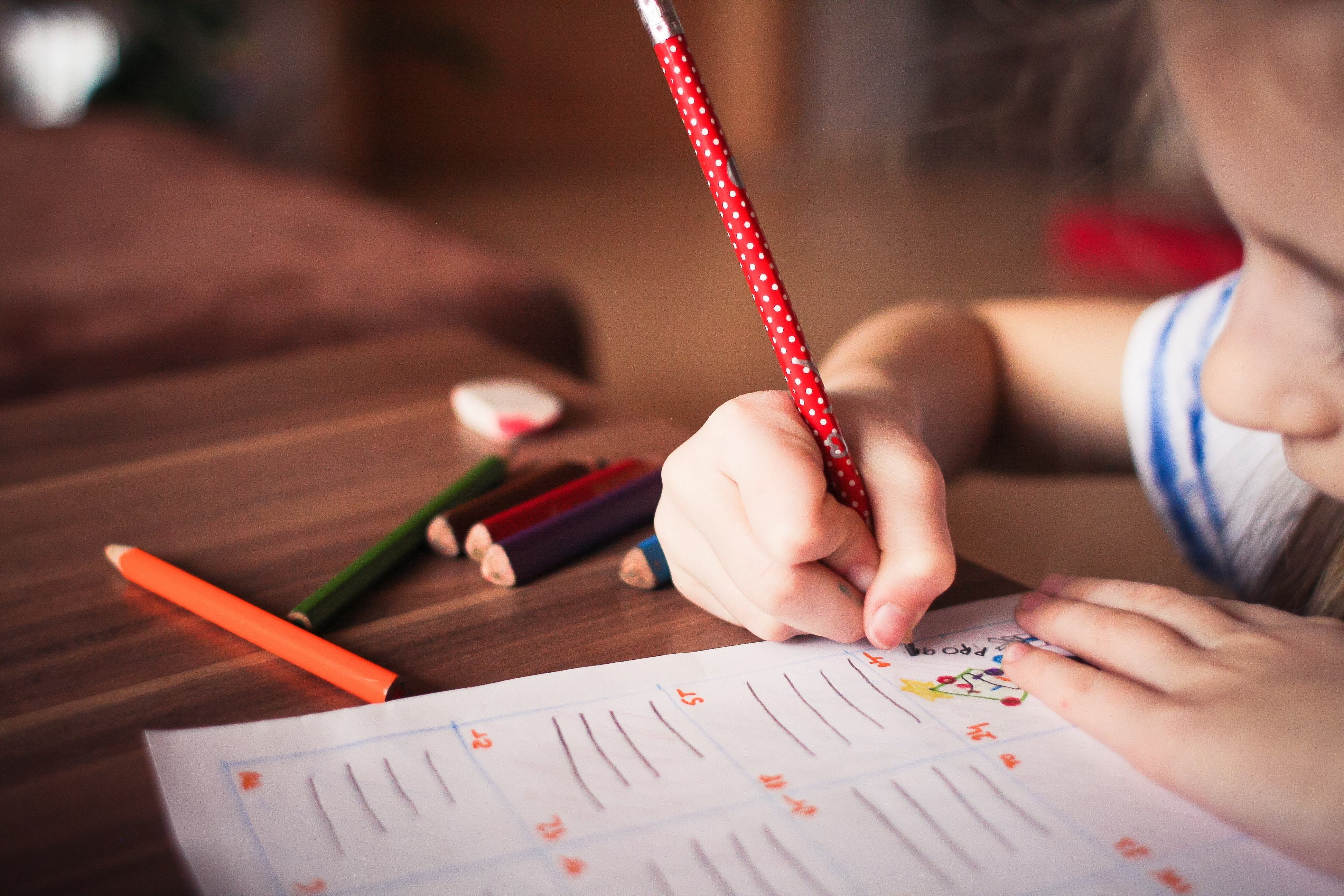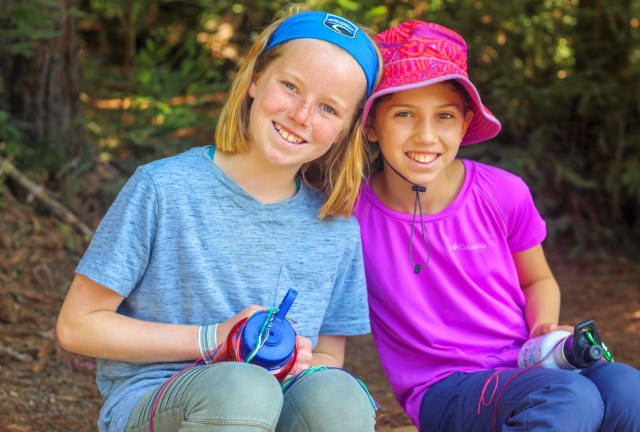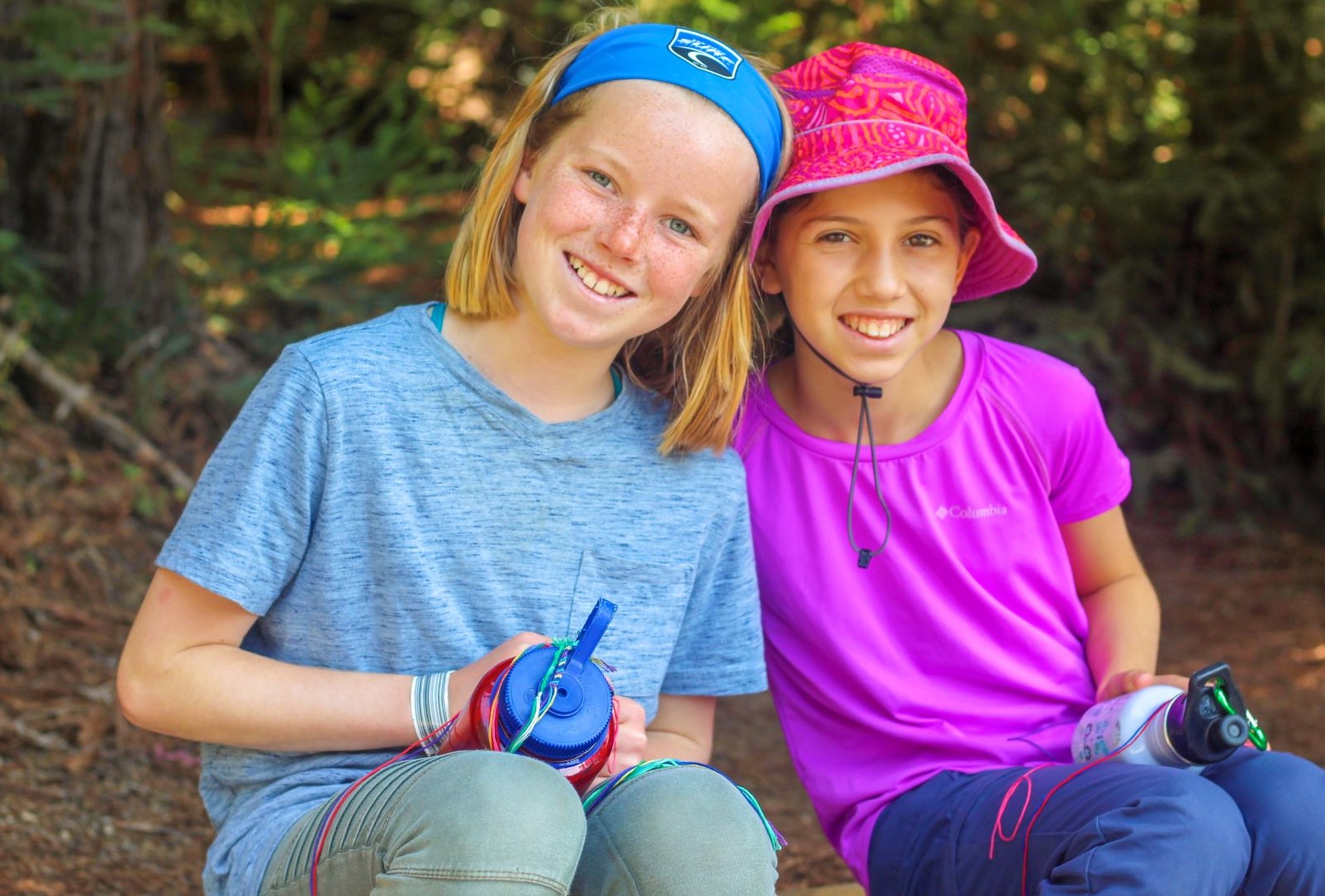
No matter how old your kids are, if they are living with you, then this quarantine is intense. There are many similarities between lockdown with children and the first years of motherhood. Some happiness, some sorrows, definitely not enough alone time, extreme emotional challenges, and a dizzying reorientation to an entirely different reality while care-taking non-stop— this is life for a mother in pandemic lockdown. This is also life for many postpartum moms.
When I was in my postpartum phase as a new mom, I felt a whole range of emotions. I definitely felt joy sometimes, and love. But I also felt so many harder things too. Complex experiences of grief, feeling trapped, intense anxiety, depression, and the pain of isolation. I can say the same for this pandemic time period with children as well. It is different, of course, but the main themes of healing are mirrors. The struggle is similar, and so is the salve.
Grief
Grieving is a layered and nuanced process. Sometimes it is barely noticeable, and sometimes it’s full-on. There is so much to grieve postpartum: Your old life, your free time, your ability to sleep through the night, your previous body, connection to your sense of self, and more. In pandemic reality, we are also grieving—the loss of the world we once knew, things we had to let go of, trips we couldn’t take, losing a job or income, being able to go to our favorite coffee shop, the free time during the day while kids were at school, a sense of normalcy, connecting with our friends, our ability to gather in groups, a reality without mandatory masks, and a whole host of other things. Both postpartum and pandemic realities require us to face and feel our grief, or try really hard to run away from it and cover it up.
Feeling Trapped
Being with a baby nonstop for months is really extreme. Especially for breastfeeding moms, you really can’t leave for long without a complicated process that involves strong suction cups on your nipples. Being with your children nonstop for months in lockdown, with no school to send them to and no office to go to or restaurant to rest in, is also extreme. We are literally trapped in our homes with our families because our liberties to move around the world have been halted. We can’t travel, can’t do that spring break vacation, or go on a spa day. Both of these experiences, postpartum and pandemic life, can evoke very strong feelings of being trapped which can provoke a wide range of emotions from anger, fear, rage, sadness to extreme annoyance or hypersensitivity.
Anxiety
With a new baby and barely any time to rest or be alone, anxiety can spike in a mother. There is so much to constantly track and take care of, so much inner emotion and experience to process with not enough space for it, with so little sleep and so many new responsibilities—many moms find these early months and years to be full of anxious energy. Similarly, here in lockdown we are stuck in homes with way too much responsibility of homeschooling or looking after children nonstop without enough time off or help and sometimes while working from home as well. Plus the added intensity of processing all the emotions and grief from the pandemic without the proper introspective time to do it makes this whole thing an anxious mess for many mamas.
Depression
Whether it’s baby blues or full-on postpartum depression, many mothers experience downs during their early motherhood time. The sleep deprivation, all the responsibility, the anxiety, the unprocessed emotions, the complexity of it all, the new learning that happens every single day with an unpredictable small being can lead to a shutting down inside that requires deep rest and healing. In this pandemic experience, we too are overloaded with all that is happening outside in the world, in our own homes and within ourselves, and it can lend itself to bouts of depression, even in those who don’t normally experience it.
Isolation
Feeling cut off from friends, family and the outside world can trigger a stressful experience of isolation in new mothers. No longer can they go out whenever they like, see their friends, go to their favorite bar whenever they want, etc. Deeper than that, they often find it hard to express what they are going through and feel emotionally isolated even with people around or that they are in contact with. This can be said equally about the pandemic. We are literally isolated in our homes and unable to go about the world and connect with who we please. It also can be really challenging to maintain relationships we already have in this time because of all the extreme internal experiences that sometimes are hard to express or find words for.
Be very gentle with yourself right now in this pandemic time. You are in a deep process that is similar to postpartum, and it is very complex and intense. You deserve tender care and support wherever you can get it, and as much rest as you can find. Spend time journaling, being with yourself, practicing supportive movement or meditation. Eat healthy food and get some exercise, even if it’s just lifting your kid around to music. Do your best to pick habits that bolster your mental health whenever you can. And, when you need to, just binge watch that show and eat some cookies or whatever, because honey, this is hard. Reach out to mental health professionals to support you at this time if you are struggling, and check on your friends. The more honest we can be with each other about what we are dealing with, the less alone we all will feel, and the more connected to healing and happiness we become, even in the hardest times.
